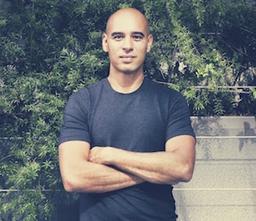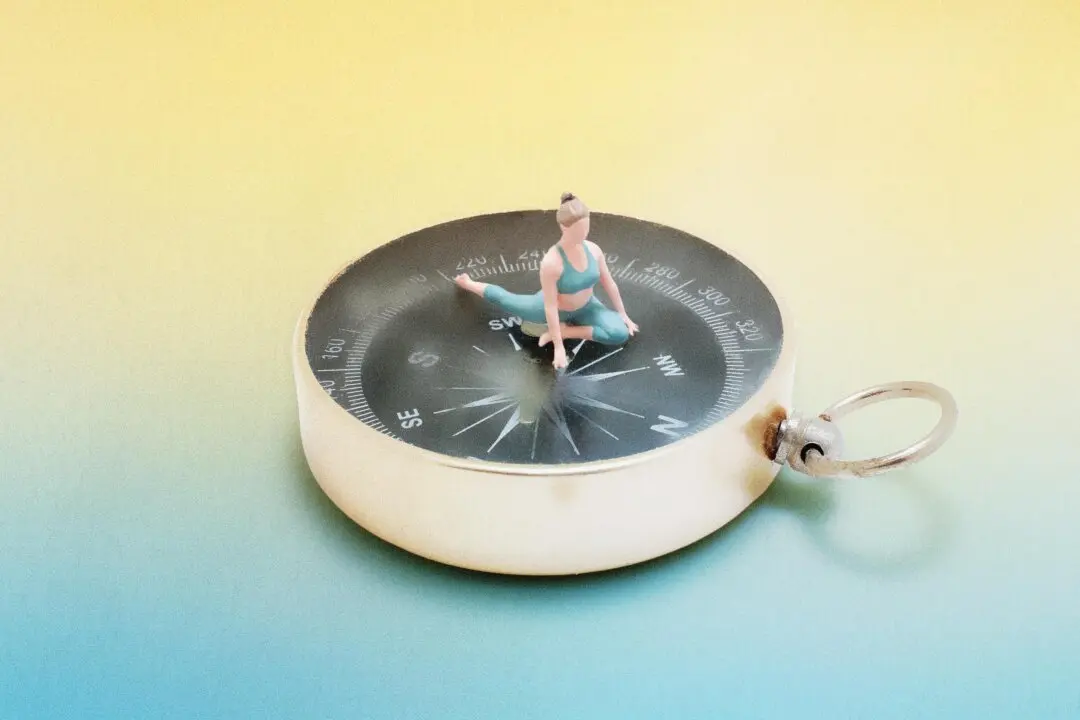One of the biggest sources of difficulty for every single human being is the desire for people to be a certain way.
We can’t seem to help it: We want the world to be the way we want it. Unfortunately, reality always has different plans, and people behave in less than ideal ways.






